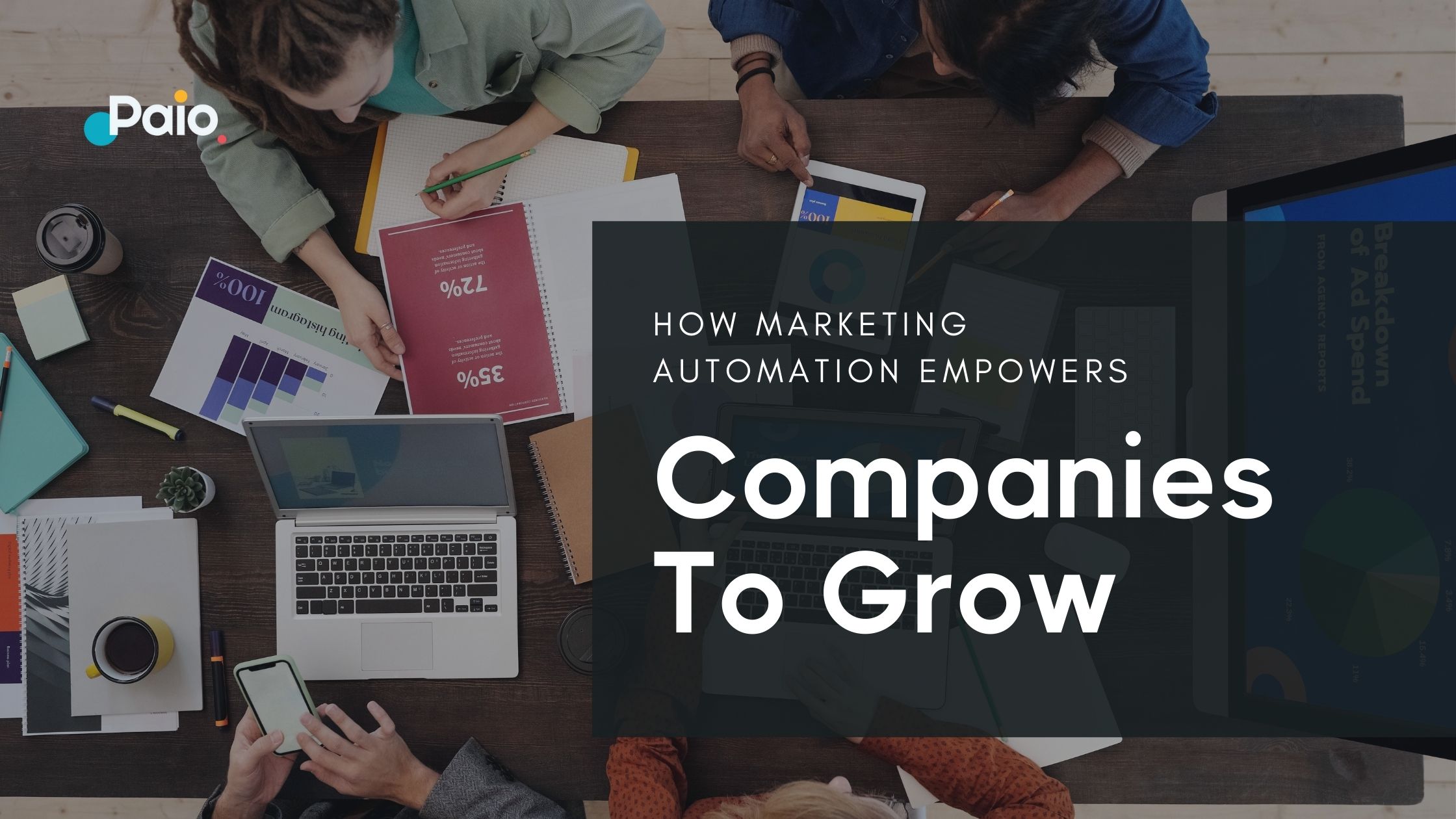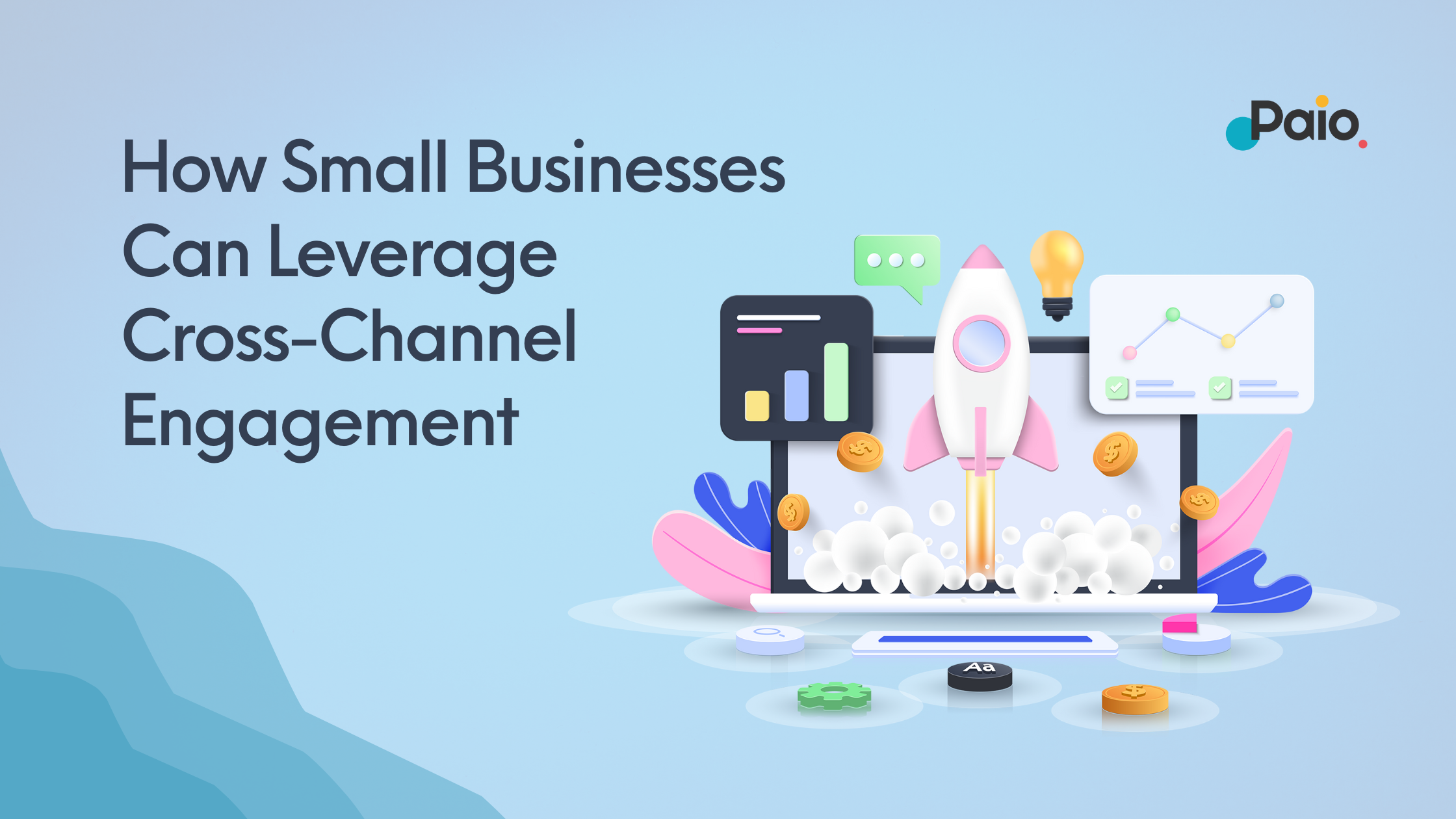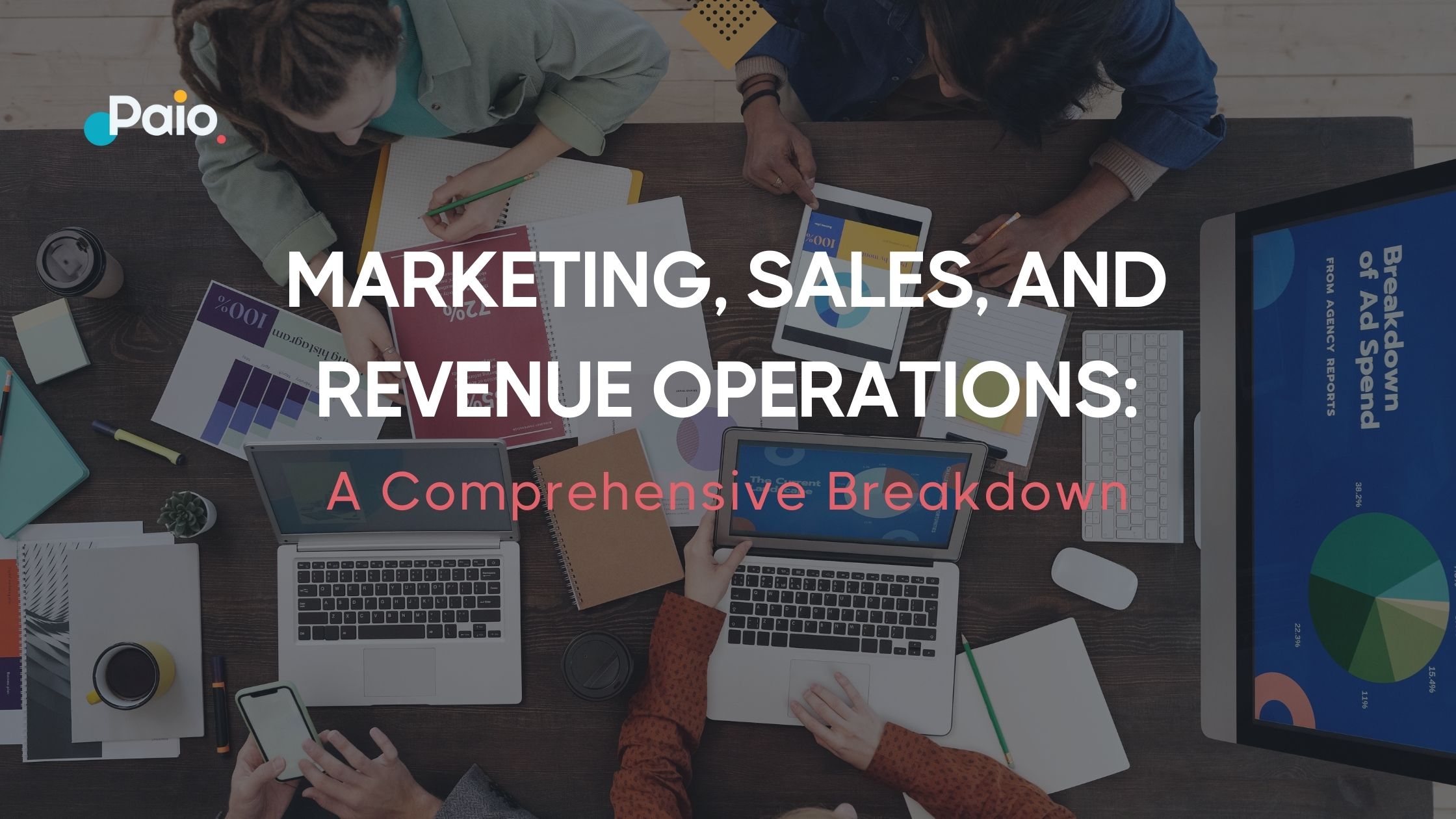The process of getting your database to order is usually referred to as segmentation. This involves grouping your contacts and companies into various categories (segments) based on several parameters, including size, location, etc. Segmentation benefits almost all departments in your organization.
For instance, your marketing team can use organized contact to create more personalized campaigns. Sales can use them to prioritize specific leads based on their characteristics. The services team can offer customers more personalized solutions whenever they reach out to them with an issue.
Today’s blog post will discuss how best businesses can segment their database. Let’s dive in!
Best practices for database segmentation
-
Contact source (channel)
The first way to segment your contacts is by attaching the source to every contact in your database. This source could be a referral, paid Ad, organic reach, etc. Determining the source of your contacts can sometimes be challenging, especially if you are manually tracking them without using any CRM or marketing automation software.
However, for those using marketing automation tools like HubSpot, these details are usually in your CRM, so you can use them to update the source of the various contacts in the database. Knowing where most of your contacts are from will help you determine how best to prioritize your marketing in the upcoming campaigns.
-
First-touch content
First-touch content refers to the very first piece of content that a contact saw before getting to your website. This could be a post on your social media, a blog post that was ranked in the search engine, or a video on YouTube. You can easily find this out using marketing automation and CRM software.
For this to happen seamlessly, your marketing automation software needs to be integrated with your CRM. You should also set up property or field mapping between the two so that this information is automatically attached to every contact that gets into your database.
-
Product
This applies to customers that may have previously purchased one of your products. If you have several products that you deal in, ensure to attach the product each of the contacts in your database purchased in their previous encounter. If you only have one product, this segment may not be necessary for your case.
-
Time
This refers to the exact time or season when a given contact made a purchase. Segmentation by time will help you track how contacts converted during a particular season perform over time. This information can be important for both sales and marketing.
If you are using a marketing automation tool, this information will automatically be attached to the contact after the sales team confirms the closing of the deal.
-
Buyer personas
Segmentation by buyer personas is a much more in-depth method of categorizing contacts. It involves putting contacts in different groups based on specific characteristics that may include the organization they work for, their seniority, pan point, and many more. Some of this information may have to be obtained by asking the customer if they are willing to share it.
While segmenting contacts using this method, you will be required to attach an ideal name to each persona. Buyer personas are essential for both marketing and sales. The marketing team can use these personas to create Ads and marketing campaigns tailored for contacts that fall under a specific buyer persona. Sales can use personas to know which leads deserve more of their time.
-
Ideal Customer Profile (ICP)
An ICP refers to a theoretical description of the kind of companies or customers you need at your business. This profile is usually generated using characteristics that your successful customers have in common. It may include the size of their company, the industry they are in, and the annual revenue (that is if this information is available publicly).
Once you have these details, you can then identify all the companies that fall under your ICP and group them. Your marketing team can send them personalized communications that they can easily relate with and be enticed to take action. Your sales team should also prioritize leads that fall under your ICP category.
Ways to capture the data used for segmentation
There are basically two ways you can capture data used to segment contacts. These include; using forms or a data enrichment tool.
-
Using forms
With forms, customers are required to input some information about them whenever they are signing up on your site. However, you need to do this progressively because you cannot ask your customers for all the information at once; that would be nagging to some and can possibly lead to a high bounce rate.
The best way to approach this is by using dynamic forms. These forms automatically change the input fields based on the information you still need to know about the customer. For instance, if you already acquired the email of the customer when they were signing up, you can now request their phone number and location when they are checking out.
-
Enrichment
Using an enrichment tool is much more seamless, especially if the tool has enough inputs to generate most of the details about the customer. These tools use the existing data about customers to develop the other information you may need. For instance, if you have a customer’s email that contains their company domain, the enrichment tool can use the domain to generate the company name and probably the location.
You may not get all the details about the customer using enrichment tools. However, you can get all the general information about the customer so that you don’t have to ask them a lot of questions as you try to get more qualitative details through forms.
Final thoughts
Getting your database in order through contact segmentation is crucial for any organization that wants to create personalized experiences for its customers. It will also save a lot of time for your different teams as they engage with the contacts since they already have an idea of whom they are communicating with.


.jpg?width=70&name=11822273_869376790464_4398309784822550341_n%20(1).jpg)


